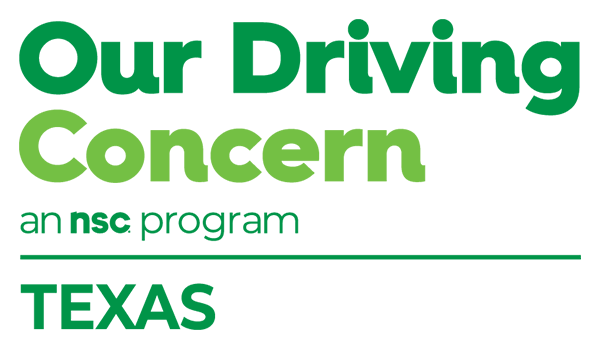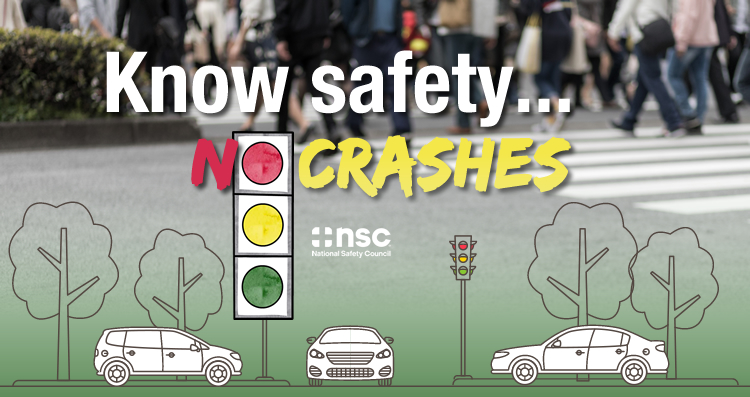We spend time talking about the jobs that are on the schedule. We check to ensure we have all the tools and parts that we need to do that job. But as we send the crew out, we leave out a vital part of the conversation.
Too often we fail to discuss the importance of getting to a job site safely. Or, because a previous commitment took longer than expected, we drive a little faster to get to the next job instead of calling the customer and providing a status update. Yes, we’re running behind, but we’re on our way.
From the top, the message to employees should be clear: We want you to arrive safely at the next job site. Speeding is dangerous. Speeding is illegal and can expose employers to liability in the event of a crash. Speeding is unacceptable.
Establish a two-step safety checklist for your workers on the road:
- Call customers before you hit the road to avoid distractions
- Provide a time range when they can expect to see you
This simple checklist will allow your drivers to focus on the road when they are behind the wheel, not the tasks they are about to perform at the next stop or to obsess about a ticking clock. Two other safety reminders bear repeating during regular training sessions:
- Remind drivers to approach intersections with caution. Be prepared for a light to turn red. Be prepared to stop. Yellow is not a signal to punch it.
- When traffic lights turn green, pause for a couple of seconds. Be sure the intersection is clear, cross-traffic is stopped and pedestrians are safely on the sidewalks before proceeding.
Getting the job done to the customer’s satisfaction is important, but if we don’t get there safely, then does it matter what the job is?
– Mike Ezzell is a program manager with the National Safety Council



